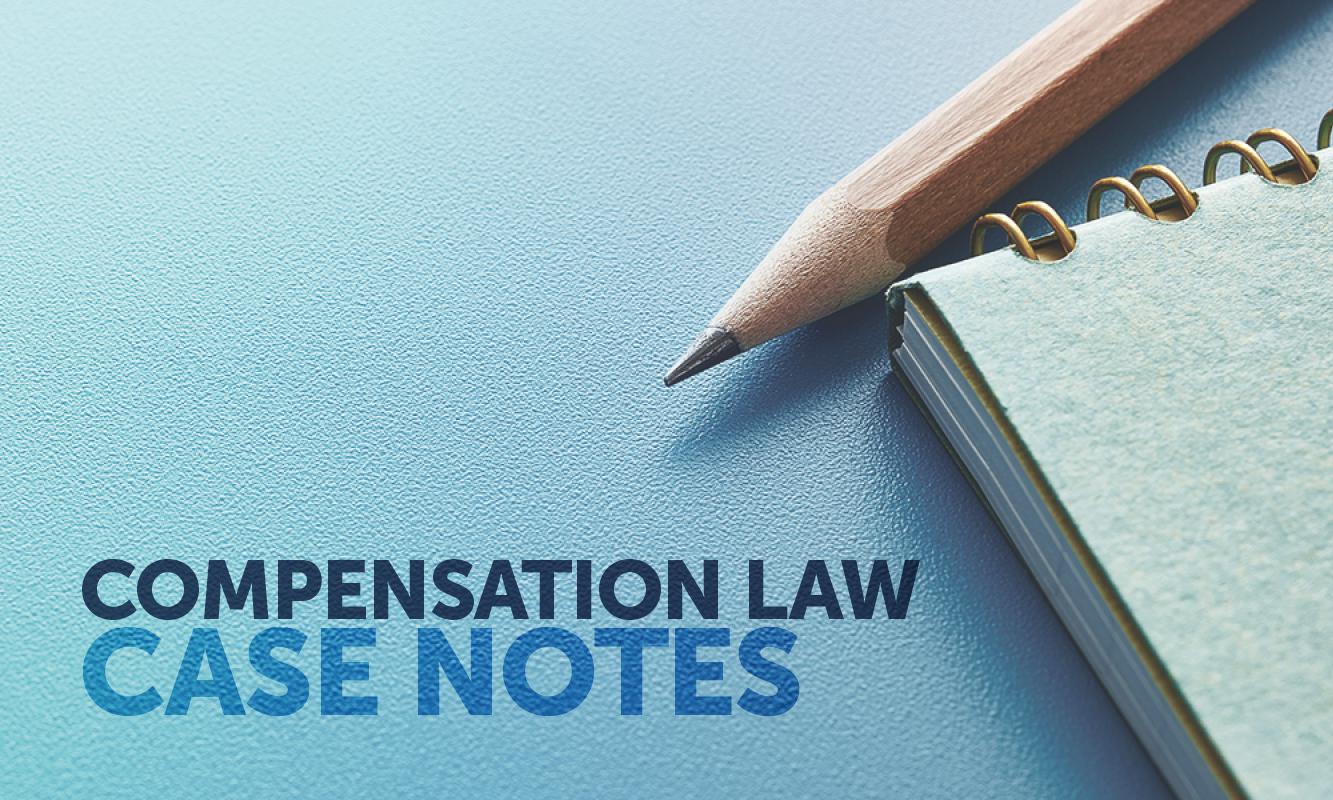Rather unusually, the High Court handed down two separate decisions (allowing both appeals) on 9 February 2022, in which the court was required to answer the same legal question: what is the nature of the employment relationship?
In these twin decisions, the High Court applied the same approach to answer this legal question with opposite results; that approach being to focus on, and construe the terms of, the written contract pursuant to which the work was performed.
Case one
In the High Court decision of Construction, Forestry, Maritime, Mining and Energy Union & Anor v Personnel Contracting Pty Ltd [2022] HCA 1, the High Court was required to determine whether an unskilled labourer, Mr McCourt (McCourt), was engaged as an employee or an independent contractor.
Personal Contracting Pty Ltd (trading as ‘Construct’) carries on a business of supplying labour to building clients under a triangular labour-hire arrangement. Construct provides labour to its clients under a written labour hire agreement (a contract between Construct and its client) and then engages labourers under a separate written administrative services agreement (ASA) (a contract between Construct and the labourer).
McCourt was a 22-year-old British backpacker who had travelled to Australia on a working visa. After McCourt satisfied a Construct representative that he had purchased a hard hat, steel capped boots and hi-vis clothing (all for the princely sum of $100), he was provided with the ASA to sign. The ASA described McCourt as a self-employed contractor.
The following day Construct offered McCourt work on Hanssen’s Concerto project site. Sometime later, McCourt was also offered work on Hanssen’s Aire project site. On both sites, McCourt performed basic labouring tasks under the supervision of Hanssen supervisors.
McCourt and the union (Construction, Forestry, Maritime and Energy Union) commenced proceedings against Construct for compensation and penalties pursuant to ss545, 546 and 547 of the Fair Work Act 2009 (Cth) (FW Act). The crucial question in the proceeding was whether McCourt was a Construct employee for the purposes of the FW Act.
The primary judge (O’Callaghan J) adopted a multifactorial approach to the question. Ultimately, the primary judge found all of the relevant factors were evenly split on question and so he settled on the parties’ characterisation of their relationship in the ASA to find that McCourt was a contractor (not an employee).
Unsurprisingly, McCourt and the union appealed to the Full Court of the Federal Court (Allsop CJ, Jagot and Lee JJ). The Full Court, like the primary judge, also applied a multifactorial approach. But, Lee J (Allsop CJ and Jagot J agreeing) disagreed with the primary judge’s use of the contractual designation in the ASA as a tie-breaker factor.
Instead, Lee J declared that he was inclined to conclude that McCourt was an employee, rather than a contractor, because there was no indication that McCourt was carrying on a business of his own account and he was not acting in any other capacity than a builder’s labourer.
Lee J held that the Full Court should follow the West Australian Court of Appeal decision of Personnel Contracting Pty Ltd v Construction, Forestry, Mining and Energy Union of Workers (2004) 141 IR 31 (Personnel (No.1)). Lee J considered that Personnel (No.1) essentially involved the same dispute between the same parties and he was unable to conclude the decision in that case was plainly wrong.
McCourt and the union successfully sought special leave to appeal to the High Court and were ultimately rewarded with the High Court (Gordon J dissenting) overturning the Full Court’s decision.
Kiefel CJ, Keane and Edelman JJ held (at [43]) that where the terms of a party’s relationship are comprehensively committed to a written contract (and where the contract was not challenged as being a sham contract and/or varied by subsequent conduct), there is no reason why the rights and obligations set out therein should not be decisive of the character of their relationship.
Their Honours continued on (at [44]) to note that because the “only kind of rights with which courts of justice are concerned are legal rights … There is nothing artificial about limiting the consideration of legal relationships to legal concepts such as rights and duties”. But, their Honours clarified (at [63]) that the label which the parties may have chosen to describe their relationship in the contract will not be determinative, or even relevant to, the characterisation of their relationship.
Examining the ASA, their Honours found (at [75]) that Construct was entitled to determine for whom McCourt worked and, once assigned to a Construct client, McCourt was required to comply with the directions of Construct (and the client) in carrying out the work. In other words, McCourt had no control over what or how he worked.
Their Honours concluded (at [79]) that although described as a contractor in the ASA, the description of McCourt’s rights and duties left no room for ambiguity: McCourt was engaged by Construct as an employee to work in Construct’s business.
As for Personnel (No.1), their Honours considered (at [86]) that this case (and other authority in which triangular labour-hire arrangements were held not to create relationships of employment) was wrongly decided because the court treated the parties’ description of their relationship as being decisive.
Gageler and Gleeson JJ reached the same destination as the Kiefel CJ et al, but by a different path. Their Honours considered (at [102]) that McCourt was an employee not merely by reason of having entered into the ASA but by reason of what occurred when he performed the work. Their Honours identified those aspects which characterised McCourt as an employee at [158]. Gordon J, in dissent, considered Personnel (No.1) should not be overturned.
Case two
In ZG Operations Australia Pty Ltd v Jamsek & Ors [2022] HCA 2, the High Court was required to determine whether two truck drivers were engaged as employees or independent truck drivers.
The truck drivers, Mr Jamsek and Mr Whitby (drivers), were engaged as truck drivers between 1977 and 2017 by the second appellant’s predecessors in business and then by the second appellant itself (company). The drivers were initially employed as employees of the company and drove trucks provided by the company.
In late 1985 or early 1986, the company insisted that it would no longer employ the drivers and would continue to use their services if they bought their own trucks and entered into contracts to carry goods for the company. The drivers agreed and each set up a partnership with their wife (partnerships) and executed a written agreement with the company for the provision of delivery services.
The drivers then made deliveries as requested by the company and invoiced the company for the delivery services provided. Part of the revenue earned from these services was applied to costs of operating the truck. The net revenue earned was declared partnership income and split between the drivers and their wives for the purposes of income tax.
The agreement between the partnerships and the company was terminated in 2017. The drivers then commenced Federal Court proceedings claiming entitlements as employees of the company under the FW Act, the Superannuation Guarantee (Administration) Act 1992 (Cth) (SGA Act) and the Long Services Leave Act 1955 (NSW) (LSL Act).
The primary judge (Thawley J) concluded that, having regard to the totality of the parties’ relationship, the drivers were not company employees for the purposes of the FW Act and the SGA Act, or workers for the purposes of the LSL Act. The primary judge instead found the partnerships had conducted their affairs as one would expect of a business.
Relevantly, the primary judge noted that the delivery services were provided to the company by vehicles owned by the partnerships, and the company’s right of control was less extensive than was typical of an employer-employee relationship. For example, the drivers chose their delivery area and route and on one occasion Mr Jamsek paid for someone else to provide the services while he was on leave.
The drivers appealed successfully to the Full Court (Perram, Wigney and Anderson JJ). Anderson J (Perram and Wigney JJ agreeing) held that the question of whether the drivers were company employees was to be answered by reference to the substance and reality of the totality of the parties’ relationship.
The Full Court considered that the drivers were company employees because there was little evidence the drivers’ wives contributed to the partnership, the company expected their logo to be displayed on the delivery vehicles, the drivers devoted their working lives to providing delivery services to the company and the partnerships generated no goodwill. The Full Court also considered that the drivers had very little bargaining power in respect of their entry into the contracts for the supply of delivery services to the company.
The company obtained special leave and was successful in its appeal to the High Court. The High Court unanimously allowed the company’s appeal, finding that the drivers were not company employees. Kiefel CJ, Keane and Edelman JJ identified (at [6]) two errors in the Full Court’s approach in determining the character of the parties’ relationship.
First, their Honours held that the Full Court (and the primary judge) was wrong to apply significant attention to the manner in which the parties conducted themselves over the decades of their relationship. Their Honours held (at [48]) that the correct approach was to look to the rights and obligations set out in the written agreements between the company and the partnerships.
Their Honours observed (at [70]) that the services provided by the partnerships under the contracts involved the drivers’ truck-driving skills and the use of vehicles owned by the partnership. And the provision of such services has been consistently held (both in Australia and England) to be characteristic of independent contractors and not employees.
Second, their Honours considered that the Full Court erred in finding that the disparity of bargaining power between the drivers and the company affected the contract, pursuant to which the delivery services were provided, such that the real relationship between the company and drivers was one of employment.
Their Honours (at [62]) found that disparities of bargaining power have no bearing on the meaning and effect of the contracts between the drivers and the company. Gageler and Gleeson JJ also concluded the drivers were not company employees in a separate set of short reasons – as did Gordon and Steward JJ.
Dr Michelle Sharpe is a Victorian barrister practising in general commercial, real property, disciplinary and regulatory law, 03 9225 8722, email msharpe@vicbar.com.au. The full version of these judgments can be found at austlii.edu.au.














Share this article